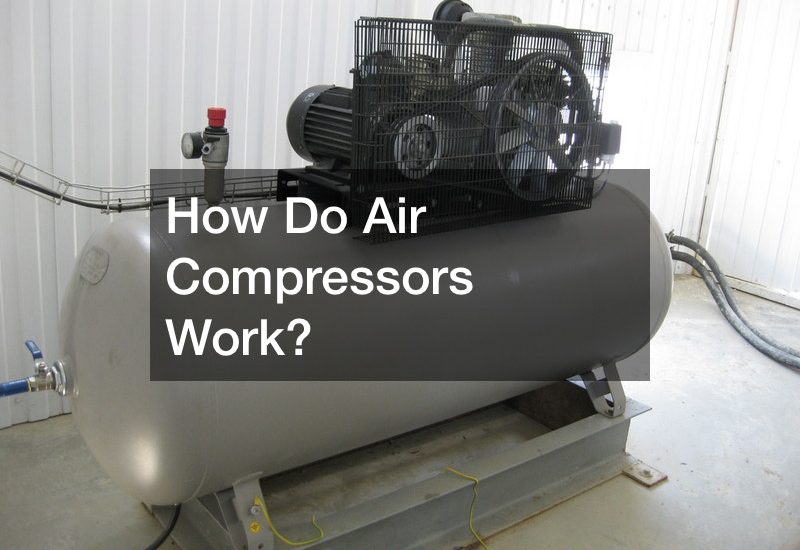
Air compressors are critical to the operations of manufacturing sectors worldwide in today’s pneumatics environment. The YouTube video, “How Does an Air Compressor Work?” delves into the internal workings of air compressors.
Air compressors work by compressing atmospheric air to produce potential energy that can be retained in a tank and used later. When compressed air is intentionally released, the pressure increases, transforming potential energy into useful kinetic energy, much like an open balloon. This transfer of energy can then be used to power various pneumatic tools.

Combustion engines and industrial air compressors have a lot in common. In order to transfer energy for a range of functions, an air compressor needs a pump cylinder, piston, and crankshaft. These basic components help provide air for filling up objects such as inflatable pool toys and power for instruments such as drills and sprayers.
Much diverse air-powered equipment and machinery are essential for the safety, shelter, and effectiveness of everyday living, from impact wrenches to air conditioners. In addition, the compressors themselves are smaller and lighter than other forms of centralized power. As a result, they require less maintenance and are easier to transport than older machinery.





